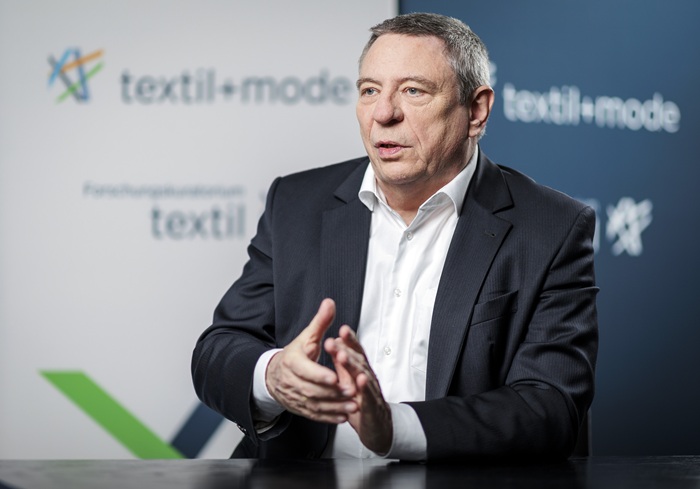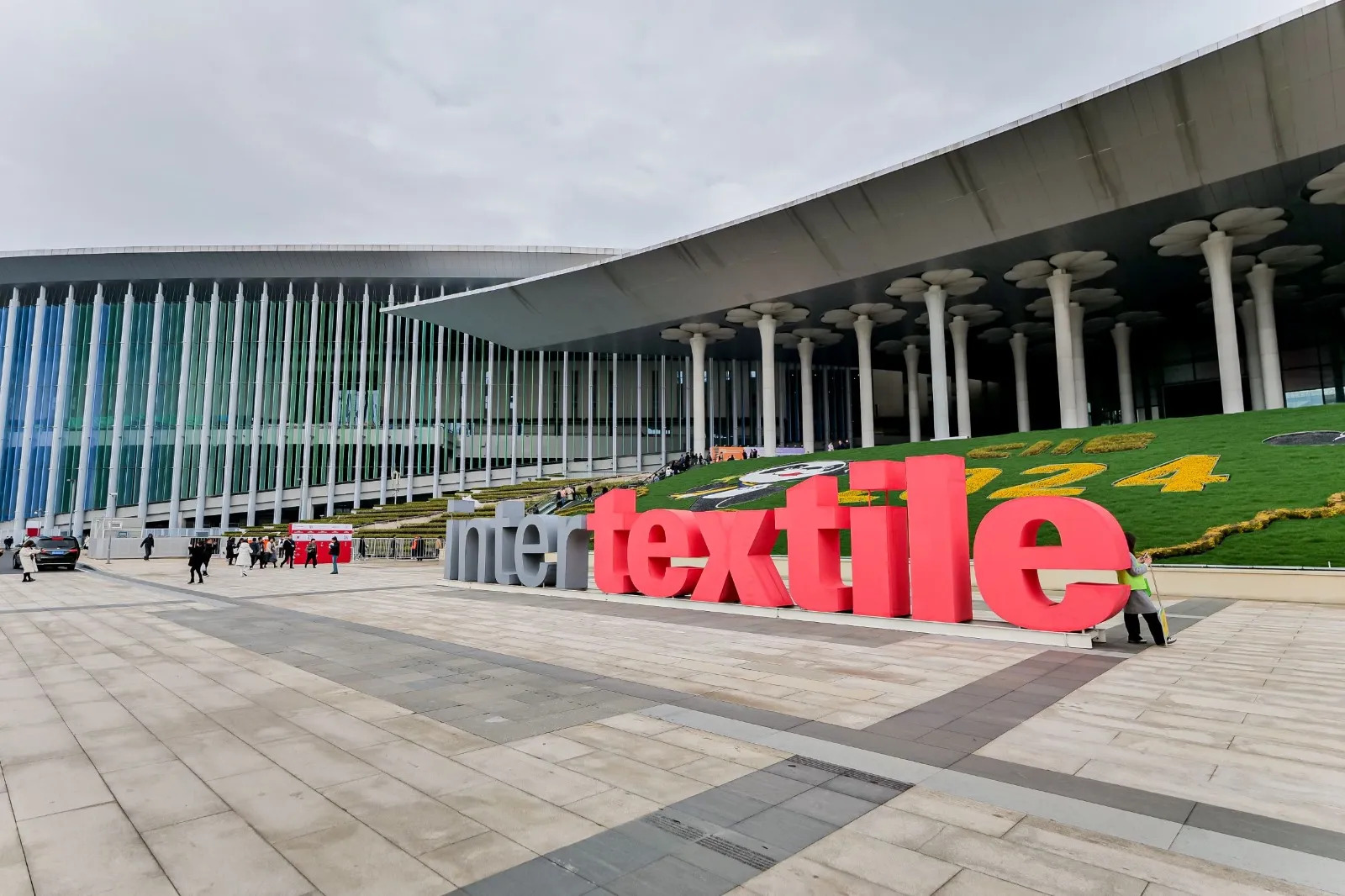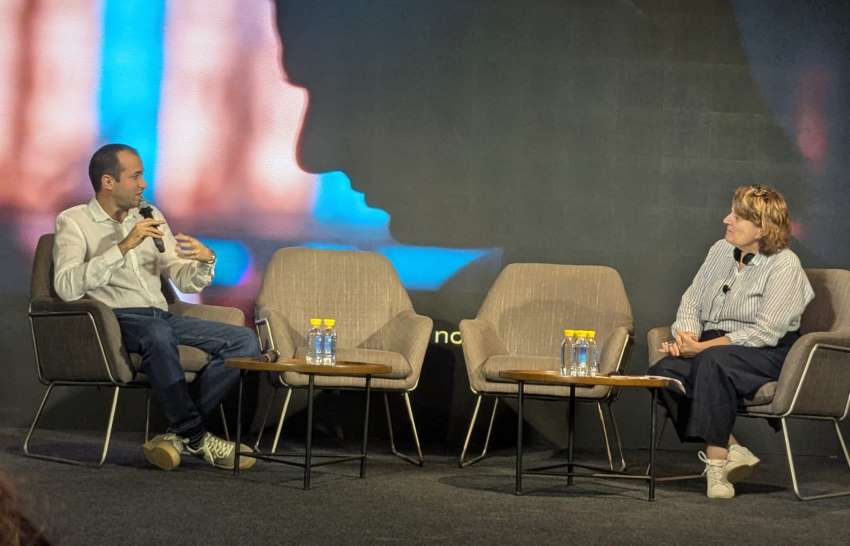FW
To make payments to the families of the 112 workers killed and those permanently injured in a fire at the Tazreen Fashions factory in Bangladesh, the Clean Clothes Campaign and the International Labor Rights Forum are calling on international brands, including Walmart and El Corte Ingles, to contribute to a fund established for that.
The families of those killed and injured have been fighting for compensation for the loss of their loved ones or loss of their own ability to earn an income since the last three years.
The Spanish department store El Corte Ingles, the German discount retailer KIK, C&A, Sean John’s Enyce brand, and US giant Wlamart are the brands that Tazreen produced for. IndustriALL Global Union, the Clean Clothes Campaign, C&A and the C&A Foundation, just prior to the second anniversary of the fire last year, signed an agreement to make payments specifically to cover loss of income and medical treatment. This agreement led to the creation of the Tazreen Claims Administration Trust, which oversees the claims process, cooperates with organisations representing the families and collects funding to make the payments.
To cover the payments it is expected that the Trust will raise money primarily through contributions from brands and retailers whose products were produced at the Tazreen factory. Most brands have agreed to this, however, Walmart, Tazreen’s largest customer has yet to provide any funds to compensate the survivors and the families of the deceased workers.
Walmart publically declared it would contribute $3 million via BRAC USA for the victims of the Rana Plaza factory collapse and for victims of other garment factory tragedies in Bangladesh last year. Till date, though, Walmart has refused to allocate any money to those affected by the Tazreen fire.
An institute in Ghana, West Africa, has introduced new pest-resistant cotton varieties to improve production of the cash crop to feed the textile industry. The new pest-resistant cotton varieties are also tolerant to glyphosate in addition to offering insect protection. The Bacillus Thuringiensis (BT) cotton is aimed at revamping the cotton industry to feed the textile industries and enhance Ghana’s economy.
The new varieties are expected to produce high quality cotton to revamp the cotton industry which employs a lot of people. Farmers feel the new varieties will help them produce cotton to boost the country’s textile industry, and also generate revenue for the government through exports. They are eager to access the seeds for cultivation.
Meanwhile trials are being undertaken to ensure that all safety precautions are observed to avoid any negative impact on the environment. With BT cotton, farmers can cut down their spraying cost, reduce the impact of the chemicals on their environment, and will be able to save time. With this technology, no manual weeding is needed. It is a matter of spraying twice and killing the weeds, leaving the crop alone. The process aims at developing technologies and innovations that can enhance and sustain agricultural productivity.
India’s exports fell by 17.53 per cent in October in the past 10 months. In view of this a three per cent interest subsidy scheme has been announced for the benefit of Indian exporters to make the export sector globally competitive.
The fall in exports has been due to a demand slowdown, although trade deficit showed some improvement due to higher import contraction. The scheme would be available to all exports of micro, small and medium enterprises and 416 tariff lines, but not to merchant exporters. Under the scheme, exporters get loans at affordable rates which help them ship more goods abroad. The scheme will run for five years and have an annual financial implication of up to Rs 2,700 crores. The rate of interest equalisation would be three per cent, which would be evaluated after three years.
An earlier interest subsidy scheme for exporters had ended on March 31, 2014. Under the Merchandise Exports from India Scheme, the government provides exporters duty credit scrip at two per cent, three per cent and five per cent of their export turnover, depending upon the product and the country, as envisaged in the foreign trade policy 2015-20.
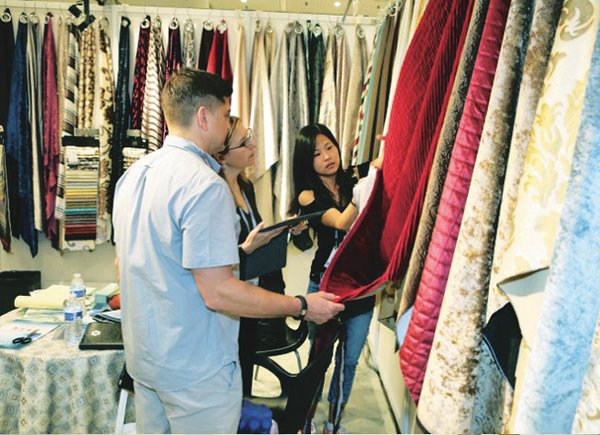
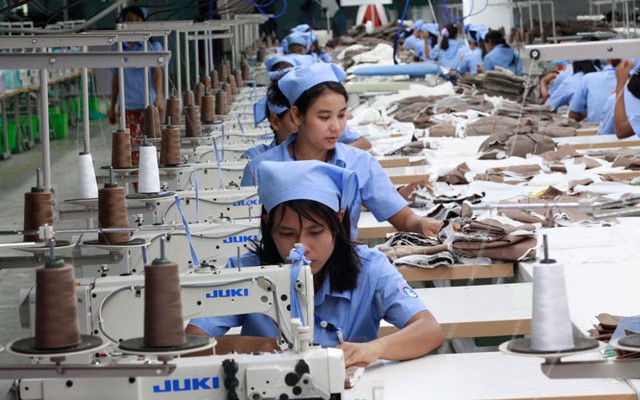
So, how to identify an untapped market? One way is to identify the cost drivers that determine the overall cost of the product. The other benefit by doing so is that the company can devise the strategies to reduce the biggest cost driver, and also help in the negotiation process with the service provider.
Rising raw material, labour costs a bane
Many leading players turned to neighbouring markets like India, Bangladesh, Vietnam, Indonesia, and Cambodia after sourcing from China started becoming expensive. However, despite having sufficient capacities to cater to the needs of western players, India, Indonesia and Vietnam are facing constraints due to increase in minimum labour wages, which is just an average of 20 per cent lower than China and in some countries because of the rising raw material costs.
Another major concern after fire and building collapses in Bangladesh and Pakistan is the level of compliance in Asian countries in building and fire safety, labour welfare and so on. Experts say incidents like Bangladesh building collapse in 2013 and the recent mass fainting in Cambodia’s garment factories have further put western players in a fix. However, in 2014, more than 150 companies have assigned external organization to audit the compliance level of their suppliers in the Asian countries.
Myanmar emerges a lucrative sourcing market
Myanmar, comparatively a new entrant, has already started taking steps to improve compliance of their factories, which is making the country lucrative for western buyers. Statistics show nearly 90 per cent of the garment factories in Myanmar have become members of MGMA (Myanmar Garment Manufacturer’s Association), which provides training, regular factory compliance audits, worker support services, CSR advisory, etc. and hence providing tremendous confidence for the western companies.
Myanmar enjoys competence in two of the main factors that the importing countries look for in a sourcing market -- high level of flexibility and low cost of production. The CAGR of the Myanmar from 2012 to 2014 was 10.6 per cent, with global sales increasing tremendously from $300 million in 2009 to $1.7 billion in 2014. One of the major benefits of the country is its labour wage, which is $80 per month including bonuses, overtime compared to the current low wage market Bangladesh ($68/month, excluding overtime).
Myanmar is well-positioned to serve the fast growing consumer markets like China, India, Indonesia, Thailand, and Pakistan. Experts say that if 3 per cent of China’s production shift happens to the market, then Myanmar would be able to almost double its garment industry within a few years.
According to a new World Bank report, East Asia remains one of the main growth drivers of the world economy, comprising of nearly two-fifths of the global economic growth. Moderating slightly from 6.8 per cent in 2014, overall, the region is expected to grow by 6.5 per cent in 2015. Worldbank.org
It is anticipated that Vietnam would benefit a lot through the Trans-Pacific Partnership (TPP), especially, the textile and garment industry of the country. However, concerns have been raised because of the sudden rise of Chinese projects. Duong Dinh Giam, former Director of the Institute for Industrial Policy and Strategy Studies of the Ministry of Industry and Trade giving an overview of the situation said the concern is rightly placed as TPP regulates that raw materials used to produce the commodities to enjoy tax privileges must be produced in the member countries of the TPP, whether they are produced by domestic or foreign firms. He added that currently, Chinese enterprises have invested heavily in textile manufacturing in Vietnam.
This would mean that Chinese businesses will not only benefit from the zero tax rate, but also from Vietnam’s exports of their products. And it seems that China’s ‘export’ of obsolete and polluting textile-garment technology to Vietnam, would turn the nation into a technology landfill. Giam believes that not just Chinese companies, rather companies from other countries could bring in outdated, polluting technology into Vietnam. Besides, foreign firms, including those from China, bring their technology, capital and even manual workers to Vietnam, which is an issue.
He believes to prevent the abuse of TPP to bring outdated technology and even polluting factories from China, Vietnam needs to strictly control the import of technology into the country. Moreover, the implementation of Vietnam’s hundreds of regulations and standards on technical barriers to control quality of imported technologies and goods and raw materials will help combat this situation.
A specialist producer of technologies for the production of technical textiles and composite materials, Isotex Engineering, a member of SANTEX Group has announced a new agreement with Covestro to develop and market technologies for PU synthetics, technical textiles, films and foams based on INSQIN waterborne polyurethane technology, a total solution for textile industry.
Addressing the emerging requirements from the sportswear, fashion and automotive industries, the two companies will together promote environmentally-friendly solutions for PU coated fabrics. Using INSQIN technology, Isotex Engineering’s machines will guarantee optimal production standards. To produce waterborne PU synthetic materials and other coated textiles, the new line of machines will be designed for using INSQIN technology with process innovation from Isotex Engineering.
Global Head of Textile Coatings, Covestro, Nicholas Smith, said that continuous innovation in textile machine technology is just as important for the industry as innovation in chemistry and so they have collaborated with Isotex.
Isotex Engineering and Santex Group CEO, Stefano Gallucci they believe that waterborne products are the future and technology and chemistry are ready after years of R&D efforts. He added that they were very honoured with this partnership with Covestro and working worldwide with their clients to help them with this new rich market opportunity.
Vardhman Group, the largest yarn producer in India with a daily production volume of 600 tonnes has signed a multi-million deal for delivery of 26 more Autoconer 6 machines to Arisht Spinning Mills, a unit of Vardhman Group. The deal was signed at ITMA 2015.
As Neeraj Jain, Joint Managing Director, of the company, says delivering top performance was their passion and they are a technology-oriented company that consistently uses the most modern production methods. He said that they were one of the first in India to invest in fully automated integrated systems in which the Autoconer, with its intelligent material flow system, plays a central role. The new machine generation is a further great step forward, he said.
To find out about the latest innovations of German Textile machine manufacturer with which the Vardhman Group has worked closely for decades, a large delegation from Vardhman visited the Schlafhorst exhibition booth.
Levi’s and Goodwill have collaborated to facilitate donating of clothes. Both have a ’Give Back Box’, wherein, those who purchase online will be able to ship back any clothing they wish to donate to Goodwill, by using the boxes they receive.
For every box of clothing, Levi’s will give $5 and will double this to 10 on December 1, which is ‘Global Day of Giving’. Marc Rosen, Head of global e-commerce at Levi Strauss & Co, stated that LS&Co (Levi Strauss & Co) is a company guided by a strong tradition of giving back, and this holiday season they would give their fans an opportunity to support their local community when they shop on Levi.com and Dockers.com. He added that their partnership with Goodwill gives consumers a chance to reuse the boxes they receive from Levi’s, fill them with clothing they no longer need and support the important work of Goodwill in the process. This campaign not only helps Goodwill, but also the environment, by keeping clothing out of landfills.
Michael Kobori, Vice-President of sustainability at Levi Strauss & Co, said that ultimately, they hoped to make recycling clothing as natural for the consumer as recycling a can or bottle. He added that making it easier to donate to Goodwill will help shift consumer behaviour and extend the life of clothing and other items.
The Sustainable Apparel Coalition (SAC) is known for its sustainability measurement tool, the Higg Index. The index drives environmental responsibility and supply chain decision-making to improve efficiency and sustainability. The Higg Index is an open source, indicator-based tool that allows suppliers, manufacturers, brands and retailers to evaluate materials, products, facilities and processes based on environmental and product design choices.
There are nearly 160 global brands, retailers and manufacturers, as well as government, non-profit environmental organisations, and academic institutions that are collectively committed to improving supply chain sustainability in the apparel and footwear industries. There are currently more than 150 members of the SAC, the majority of which are global brands and retailers including Adidas, C&A, Gap, H&M, Kohl’s, Levi’s, Macy’s, Nike, Puma, REI, Target, and VF Corporation.
Intertek, a leading provider of quality solutions to industries around the world, has joined the Sustainable Apparel Coalition. Intertek will contribute both data and resources to support the Higg Index. Intertek performs a vital role in helping clients achieve environmental sustainability and tackle climate change through a broad range of solutions. These include addressing immediate environmental and social concerns to the development of strategic portfolio initiatives, such as stakeholder engagement programs and ethical supply chain management tools, and reporting initiatives.
apparelcoalition.org/
Hyosung has unveiled a new denim spandex brand Creora Fit. Hyosung is a South Korean elastane producer. Creora Fit is a spandex brand that gives denim 360 degree stretch both horizontally and vertically, unlike traditional denim with elastane that only stretches in a horizontal direction. When giving vertical elasticity with the traditional spandex, the fabric becomes warped. However, the Creora Fit technology has solved such problems.
As the bi-stretch denim with Creora Fit technology satisfies the consumer demand for a more comfortable wear and a perfect silhouette, it is expected to play a role in the rise of athleisure, one of the biggest trends in the fashion and retail worlds today.
Hyosung has partnered with Chonbang, South Korea’s denim product manufacturer, and Soorty of Pakistan, a leading global denim product manufacturer, to introduce the Creora Fit technology.
Hyosung will work with more brands to develop denims by using the Creora Fit technology and deliver consumer needs for more comfort and better fit at the same time. The company constantly looks for new ways to add value. Its innovation platforms are focused on improved processing value, enhanced functionality and new aesthetics.
www.creora.com/


